Chute Canyon in the San Rafael Swell is a rock playground, perfect for a game of hide and seek—canyon style.
The hike through Chute Canyon simply follows the wash, and packed gravel makes for easy walking.
Cottonwoods stand near the entrance to the canyon, along with tamarisk trees and desert shrubs. Chinle shale slopes form the riverbanks, resembling piles of lightly roasted coffee grounds. Walls of Wingate Sandstone sit on top of the Chinle. The canyon narrows after a drainage joins the wash around 0.8 mile.
Beyond the Wilderness boundary
Just under 1.25 miles, you reach the Crack Canyon Wilderness Study Area (WSA), which encompasses nearly 26,000 acres of the southern San Rafael Reef. Keep a lookout for two endangered plants growing in the area—the Maguire daisy and the Wright fishhook cactus. No vehicles are allowed past this point.
The San Rafael Swell has six WSA’s, each established for size, naturalness, and opportunity for solitude. Conservation organizations, like the Grand Canyon Trust and the Southern Utah Wilderness Alliance, have been pushing for wilderness designations in the Swell to prevent mining, motorized vehicles and other uses that stress the land.
Textured canyon walls
If you’ve already explored Crack Canyon, about 2 miles to the east, the honeycombed walls of Chute Canyon will look familiar. The pockets and holes are formed when salt settles on the surface of the rock. With repeated cycles of wetting and drying, the salt crystallizes in crevices and allows for continued erosional exposure. Eventually, this creates the stone lattice that decorates the canyon walls.
Mining history in the swell
Around 1.5 miles, you pass a metal hook about knee level that sticks out of the canyon wall. This is a relic that speaks of the San Rafael Swell’s long history of mining, along with remains of old cabins and other historical objects. Mining began in the area in the late 1800s and peaked with the uranium boom of the 1950s. The Chinle shale, widespread throughout the Swell, is rich in uranium deposits. A few gypsum mines operate today, but recreational activities have largely replaced mining. ATVs and off-road vehicles now zoom along the dirt-road infrastructure that was originally built for mining.
As you head downcanyon, the sheer, vertical walls morph into protruding knobs and fins. Walk a bit farther though, and the canyon constricts to its narrowest, about six feet wide. The final stretch of canyon before opening into the San Rafael Desert has bulbous walls. Continue through the diminishing canyon and you get to these empty desert badlands.
On this out-and-back hike, you can turn around at any point. By 3.5 miles, you have seen the best of the canyon. Turn around, and see it all again on your way back to the trailhead.
Directions to the trailhead
From Hanksville, Utah, drive 19.5 miles north on UT 24. Just past mile marker 136, turn left onto Temple Mountain Road, following the sign towards I-70, Goblin Valley, and Temple Mountain. Drive 5 miles along this road before reaching the turnoff to Goblin Valley State Park, Bell, and Little Wild Horse Canyon to your left. Continue straight past this intersection into the San Rafael Reef, with pavement ending in another 1.5 miles. At 26.9 miles, turn left on the unsigned dirt road known as Behind the Reef Road. Follow its meanders around sandstone cliffs and shale hills, passing Crack Canyon at around 31 miles. Continue south for another 2.5 miles. You must cross a large wash, which may require high clearance and/or 4WD to get over the banks. You see a sign for Chute Canyon Trailhead on the left where the Behind the Reef Road curves right. Park next to the trail sign and map.
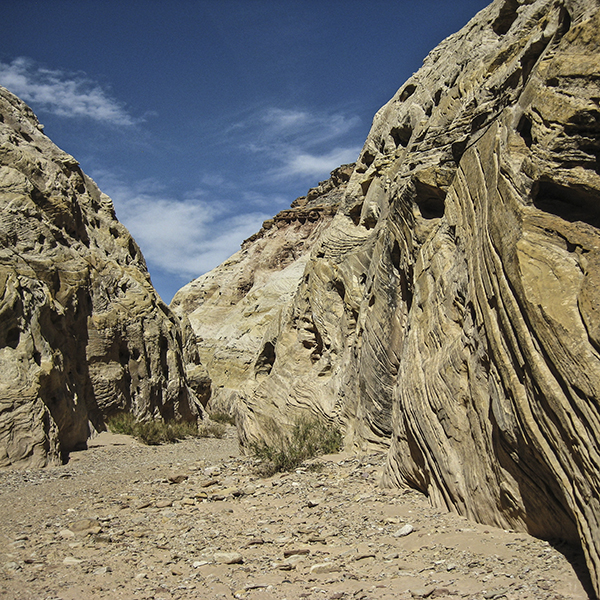
General Location Hanksville, Utah
Distance 7.7 miles (12.4 km)
Difficulty Moderate
Trailhead Elevation 5,150 ft (1,570 m)
Highest/Lowest Elevation 5,150/4,800 ft (1,570/1,463 m)
Managed By Bureau of Land Management
Fees No fee – Check the website below for current information.
Pets Allowed
More Info BLM website
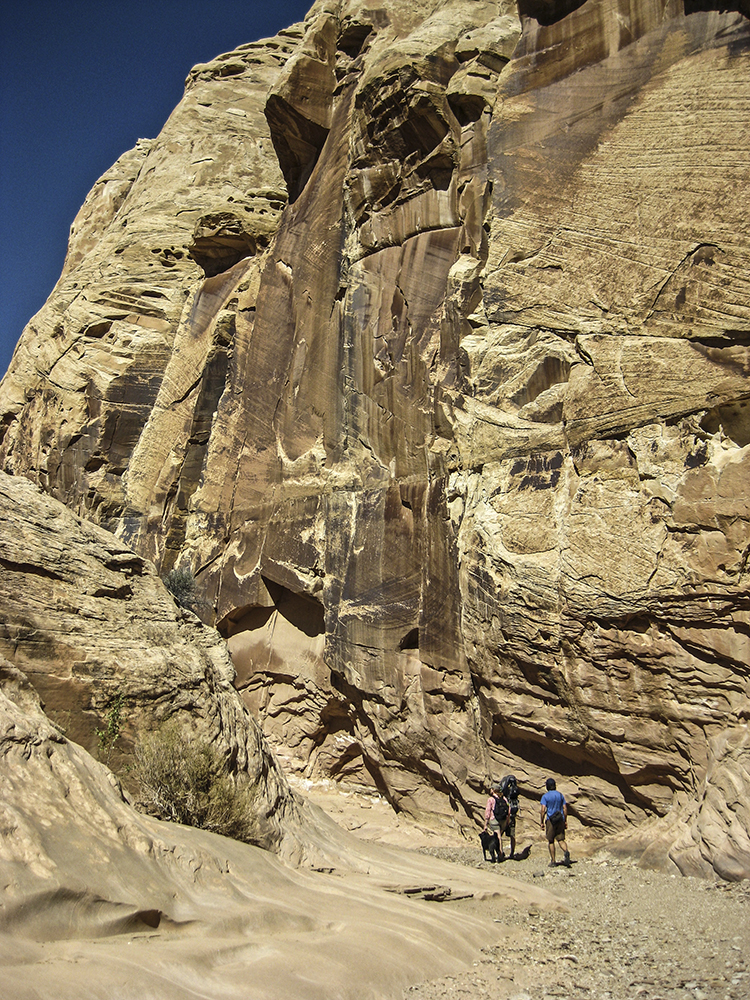
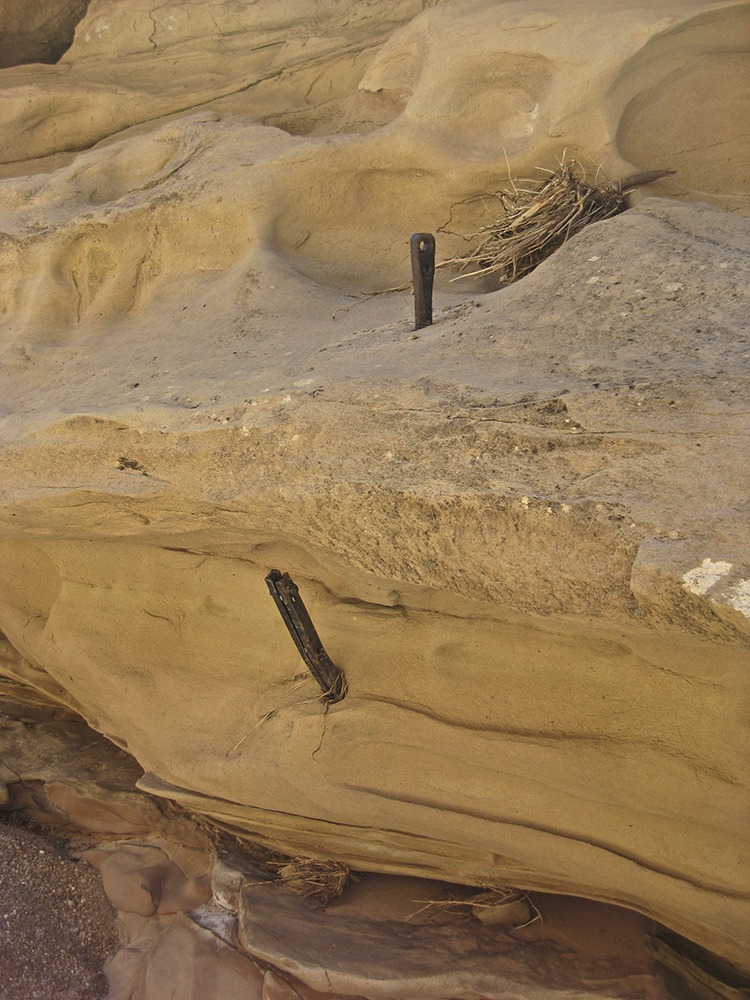
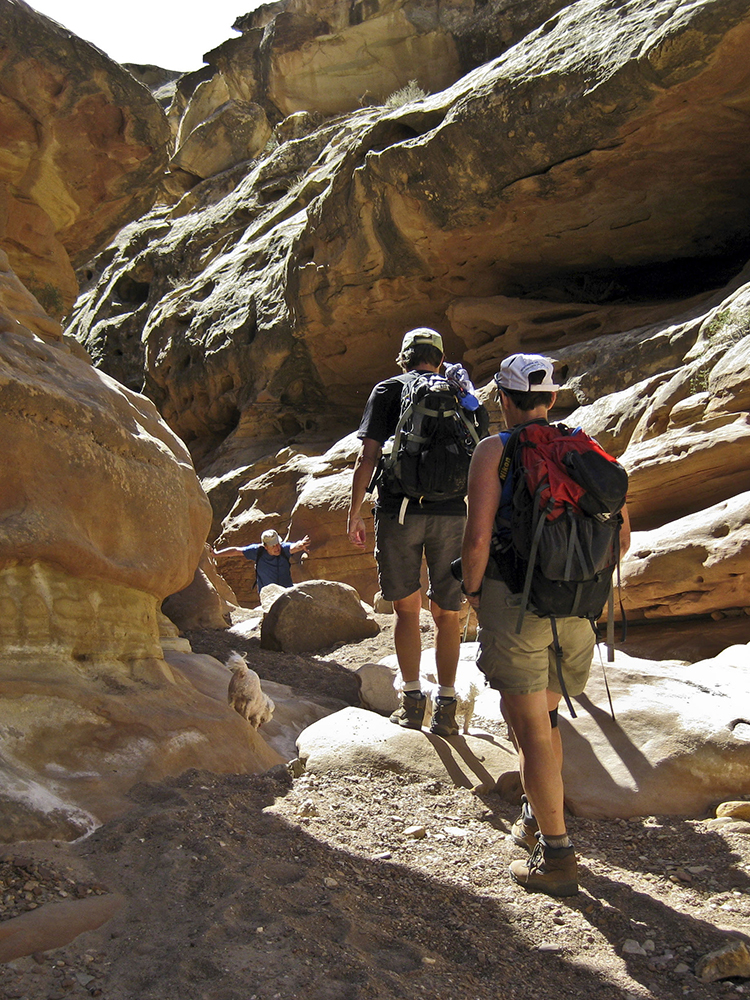
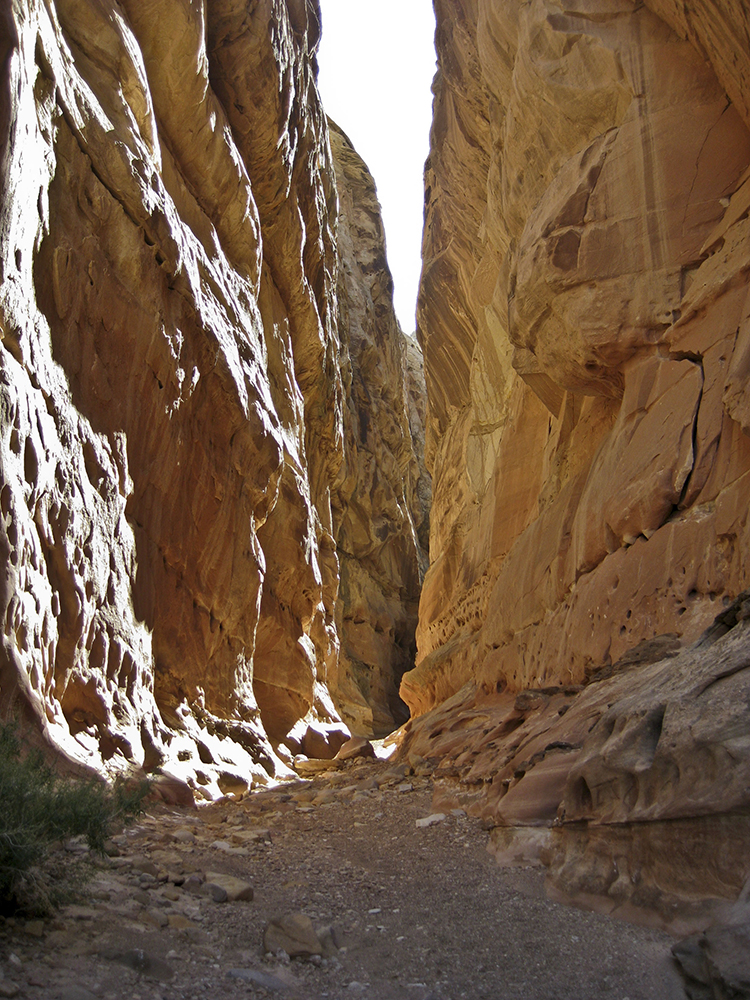
Adventure awaits
Sign up to get three hikes in your inbox every month for a year.
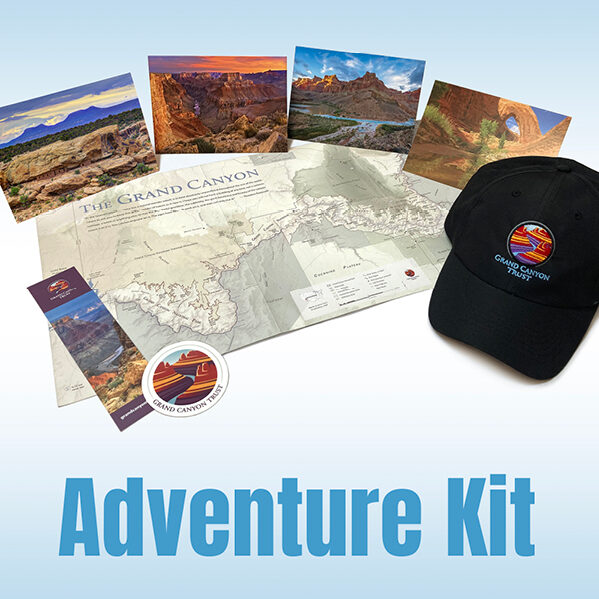
Special membership offer
Join the Grand Canyon Trust today to receive your adventure kit:
- $25 donation: a Grand Canyon map, The Advocate magazine subscription, bookmark, and sticker
- $75 donation: everything above plus four stunning note cards
- $100 donation: all the benefits of the $75 level, plus a Grand Canyon Trust hat
Related Hikes by Destination
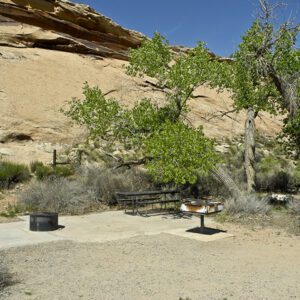
Sites: 25
Season: Open year-round
Reservations: For groups sites only
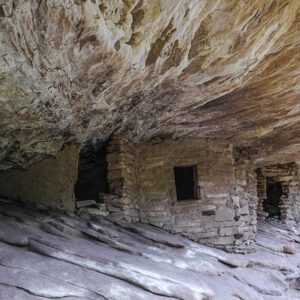
Distance: 8 mi (12.9 km)
Difficulty: Easy
Type: Out and back
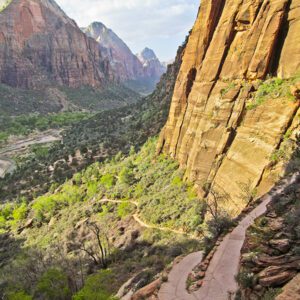
State: Utah
Nearest Town: Springdale, Utah
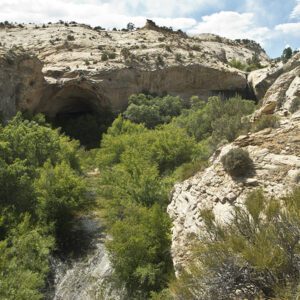
Distance: 2.2 mi (3.5 km)
Difficulty: Moderate
Type: Out and back
